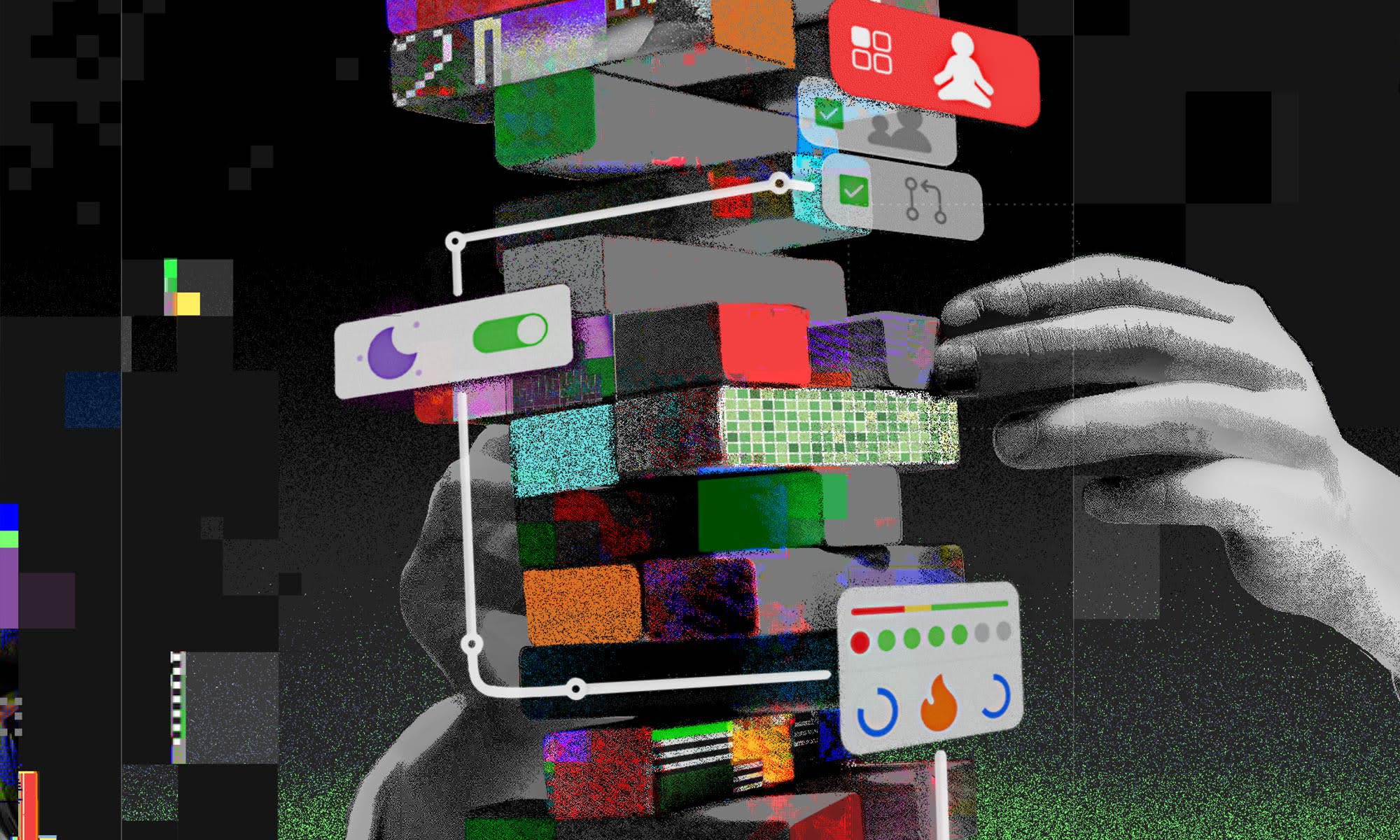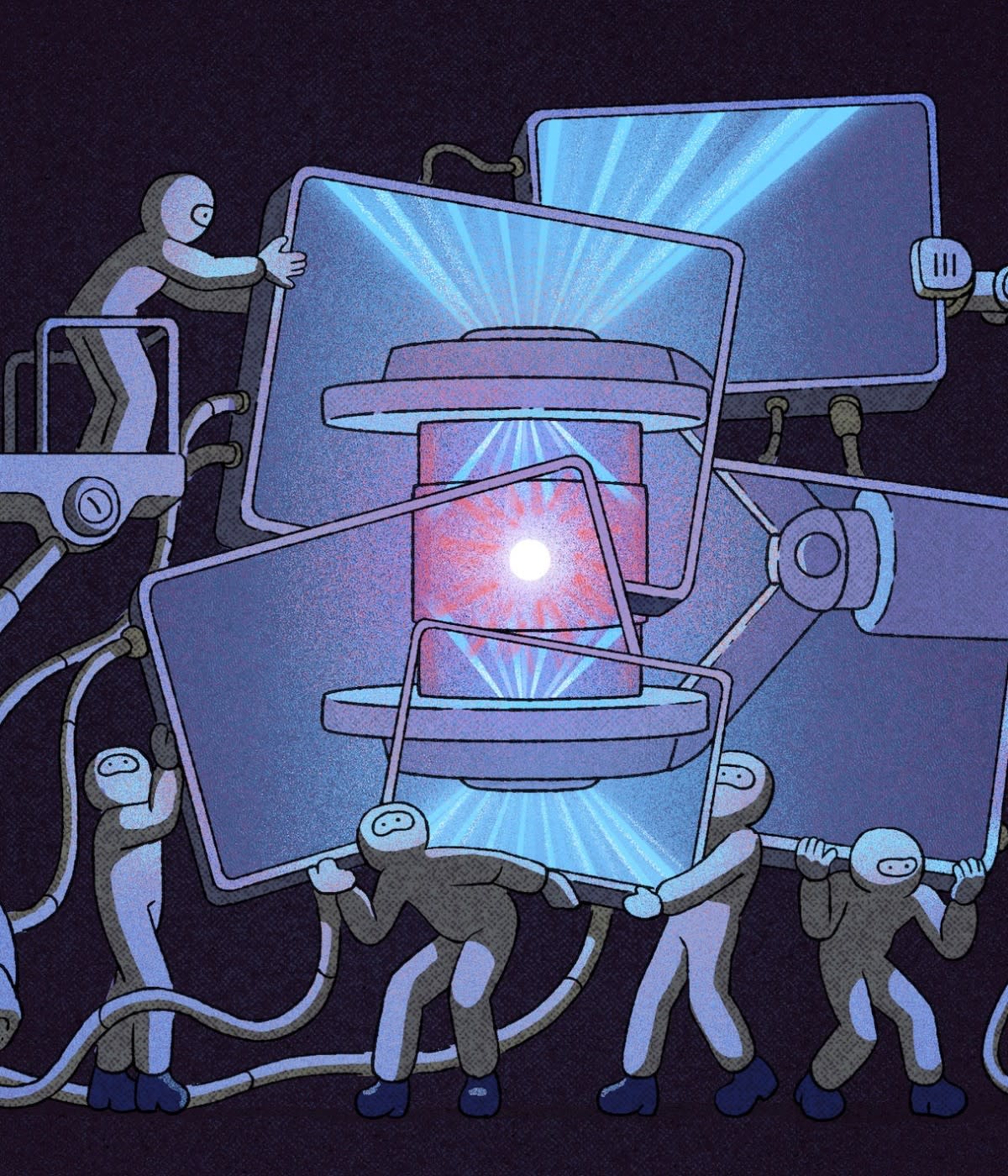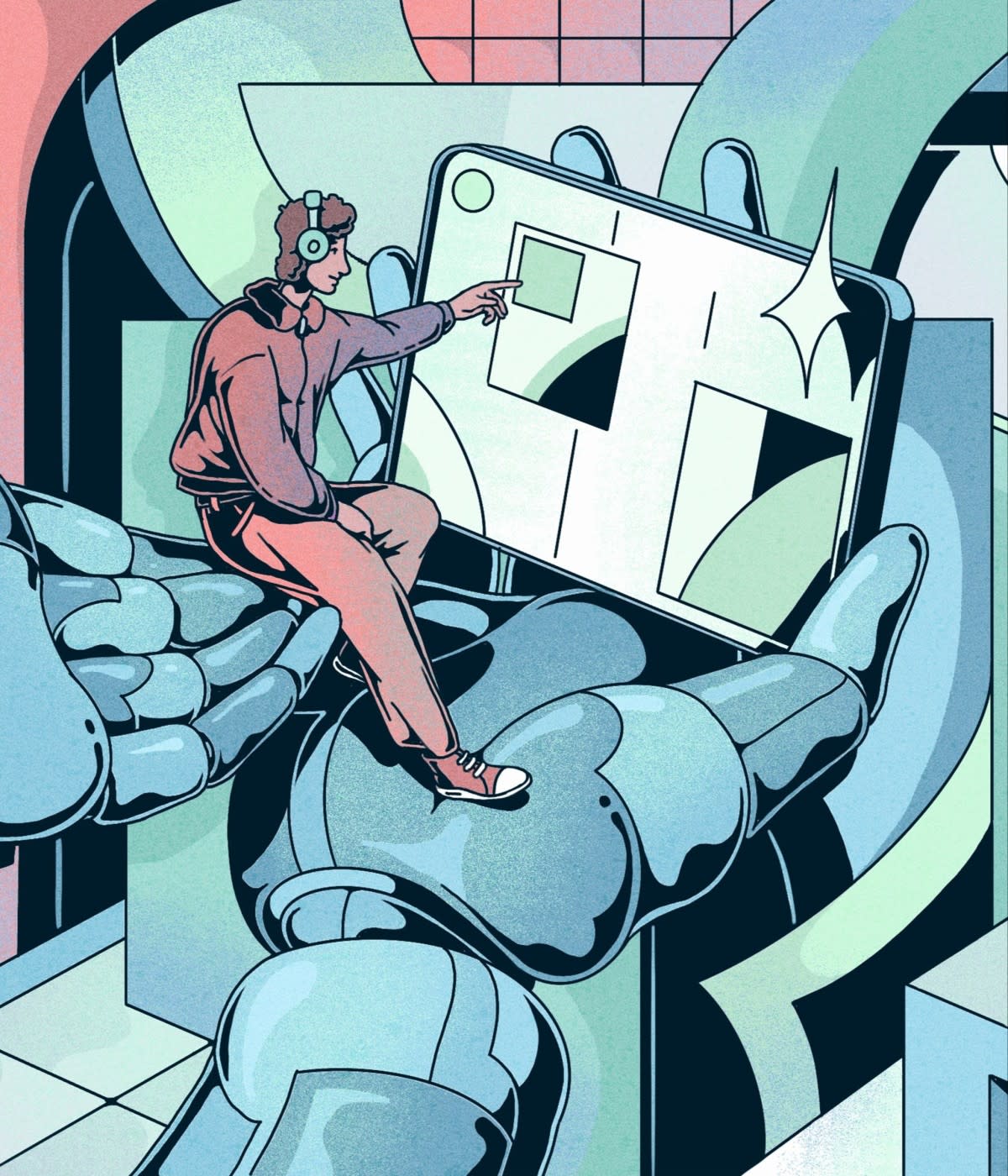People start open source projects for many different reasons. But it usually starts with passion. Passion for code, or for graphic design, or typography, or writing, or art. Whether it’s a hobby project by a lone maintainer or a major project from a large company, open source is powered by people who love building solutions.
That passion is fueling a surge in open source work. The State of the Octoverse 2020 found that GitHub users created more new open source projects in 2020 than 2019. Open source is always a way to connect with a community, contribute to something larger than yourself. But it became even more important in 2020, as many people sought a way to help out during the pandemic— for example GitHub users created 5,646 repos specifically related to COVID-19.
This increase in open source contribution comes as many people are adapting to working remotely for the first time—not to mention all the stresses surrounding COVID-19. Despite these challenges, developers are working more than ever. Based on the timing of the first and last git commit filed each day to their primary branch, people have been working longer days since the beginning of the pandemic, according to the Octoverse report. And it’s not just that work is spread out across the day as workers juggle kids and other responsibilities: the number of pushes has also increased, suggesting that people are actually doing more work amidst the pandemic than before.
Open source provides a great escape hatch from day-to-day work, as demonstrated by the spikes in open source activity on the weekends.
This increased interest and participation in open source is a good thing. But spikes in usage and contributions can also create more work for maintainers. For example, Gina Häußge, the creator of the open source 3D printing interface OctoPrint, saw her workload increase this year. “At the beginning of the COVID-19 pandemic, there was a huge drive to print personal protection equipment like face shields,” Häußge says. “My usage numbers spiked and so did the support requests, and I spent most of April and May hoping it would let up, but it didn’t.” Unable to engage in some of the hobbies she enjoyed before the pandemic, like rock climbing, Häußge knew she had to find a way to balance the growing amount of work she faced with more restorative activities. “Now video games play a larger role in my life again,” she says. “I have a punching bag here in my office—and I’ll admit, it’s not just for exercise. It helps me manage some of the more frustrating aspects of being an open source maintainer.”
For some, open source is a hobby: a way to work on something they’re passionate about when they’re not doing paid work. For others, it’s actually part of their jobs. But for both, there’s always a need for balance.

Seeking Balance
Maintaining passion in your work is largely a matter of resource management explains Akua Boateng, a Philadelphia-based therapist with experience working with patients on work/life balance issues. “We all have resources to overcome challenges, to accomplish tasks,” she says. “But when we overuse our systems, we head towards burnout.”
You need to think about how you use your resources and accept your personal limits. But it can be hard to know your limits until you reach them, especially when external pressures encourage you to do more and more work. One thing to watch out for, Boateng says, is a loss of passion for things that used to engage you, or activities that once energized you becoming draining. If you put off doing things that you used to be eager to do, that’s a sign that you might be overusing your personal resources. She cautions that these limits are physical, not just mental. You can’t just “power through” forever without wearing yourself out.
No matter how much passion you begin a new endeavor with, that passion can fade with time. Matt Klein is an engineer at Lyft and the maintainer of the open source edge and service proxy Envoy. Envoy is a major success. It has more than 600 contributors on GitHub and is used by companies ranging from Airbnb to Verizon. Klein gets paid to work on the project at Lyft. “Envoy is the sort of thing that many engineers dream of building,” Klein says. “It's really a once in a lifetime sort of project.” Nonetheless, a few years ago he found himself losing interest.
This can be an issue even for maintainers who work on open source as a hobby. “Side projects can often end up being a source of self-criticism and stress as workers often feel like they are not giving enough time to their extracurricular commitments,” Milazzo says Michael Milazzo, a San Francisco-based therapist who offers services through the mental health platform Reflect.
Maintainers have to wear many hats, like project manager and customer support representative, in addition to actually building their product, which can leave them with less time to work on the things they’re passionate about. “When we create open source projects, we don’t know whether people will actually use it. It’s exciting when people start to use and depend on what you’ve made, but it can also quickly start to feel like a burden,” says Henry Zhu, maintainer of the open source JavaScript compiler Babel.
That’s why maintainers need to take breaks not just from their day jobs, but from their open source projects as well.
Zhu, for example, took a month off work and turned off GitHub notifications, Slack, and everything else related to Babel. “I didn’t work on open source, I just read and thought about things that had nothing to do with programming or making money,” says Zhu.
It can be hard for open source maintainers to let go of their work. Zhu says maintainers need to understand that they don’t have any real obligation to work on a project seven days a week, 52 weeks a year. It’s OK to take time off, just like it’s OK to take time off from any other job. “Professional athletes have an off-season,” he says. “I wonder if open source developers should do the same thing.”
Even if you work on open source as part of your job, it’s important to take time away from a project. Klein got the reset he needed when he took paternity leave when his son was born in 2018. It was no vacation, but it helped him look at his situation with fresh eyes.
But not everyone is in a position to take an extended time away from work. And taking time off won’t necessarily solve the problem in the long term. “Time off can be great for recovery, but I find that many people put all of their stress reducing ‘eggs’ in the vacation ‘basket,’” Milazzo says. “You shouldn’t save up all your self care for months and months and plan to leave it all on a beach somewhere in the Caribbean.”
In the long term, the important thing is to find a way to balance your resources. “You need to decide how to attend to self-care when you go back to work,” Boateng says.
Those who can’t, for whatever reason, take a long break, can focus on taking micro-breaks throughout the day. “It could be between meetings, or at the end of the workday,” Boateng suggests. “You could meditate or just pay attention to your breath for 90 seconds.” One exercise she suggests is spending 10 minutes at the end of the day journaling. “It’s a good way to get the gunk out of you,” she says.

Maintaining Balance
Whether you’re taking a long break or a short one, you need to figure out how to maintain balance again once you return to work.
“People can optimize their day to work for them by taking advantage of flexible schedules — creating time for parenting, workouts, and hobbies,” says GitHub VP of Research and Strategy— and author of the Octoverse report—Nicole Forsgren. When people can focus on managing their energy and not just their time, they have better days — for themselves, their teams, and their families.”
Those who struggle with managing pull requests should consider automating parts of their process. The State of the Octoverse Report found that teams that automate their workflows merge 34% more pull requests than those that don’t. Those also merge pull requests 18% faster than those that don’t use automation. In other words, they’re able to do more work in less time, freeing maintainers to use their time in more rewarding ways.
But technical fixes are only one part of the puzzle for many people seeking more sustainable work habits. The key, often, is communication. “It’s important to get to know your community, have someone to talk with about how you’re feeling, to know that you’re not alone,” Zhu says. “When you tell people you’re going to take a break they’re usually going to be encouraging and supportive. So you should feel comfortable actually following through with a vacation.”
“We often say ‘open source isn’t just about code,’ but how do we actually make that feel true?” Zhu says. ”One way would be to care about the health of maintainers. Clearly it doesn’t feel normal to take breaks, so how can we support that? You don’t have to broadcast that you’re burned out, but you should feel comfortable stepping away.”
For Klein, the key was having an honest conversation with his managers about his role. “We were frankly naive when we open sourced Envoy,” he says. “We didn’t have a plan in place for what would happen if it was successful.” Having lots of outside interest in Envoy is great, but evaluating pull requests, fielding issues, and everything else created an enormous amount of work atop Klein’s existing responsibilities at Lyft. “I was working way more than 40 hours a week before my kid was born,” Klein says. “I should have gone to my managers right away. There were instances of extremely high stress and conflicting priorities in which I’m not proud of how I conducted myself.”
Klein was ultimately able to adjust his role at Lyft so he could spend less time doing “boots on the ground” development and focus more on higher level issues. Klein says he misses being involved in more of the nitty gritty operational work, but his work-life balance is much better now. “Outside of regular business hours, I don’t work when my kid is awake,” he says.
Likewise, Evan You, the creator of the open source JavaScript framework Vue.js keeps strict working hours. During a panel on managing boundaries, balance, and funding in open source, he explained that instead of allowing notifications to be constantly pushed to him at all hours and rushing to address problems immediately, he checks his email and notifications selectively and set times. You work on Vue.js full-time, but the same idea can be applied to those who maintain open source projects in their free-time by making clear when they do—and don’t—work on the project.
It’s also important to be the sort of open source citizen you want others to be. “We primarily see the negative things,” Häußge points out. When things are working well and users are happy, everyone is usually quiet. It’s mostly when someone has a problem that maintainers hear from anyone. It’s important for maintainers to hear from happy users, especially now that in-person events like conferences and meetups aren’t happening. “A ‘thank you’ tweet usually makes my whole day if not my week,” she says.
Be kind to the maintainers of your upstream dependencies. Thank them for their efforts. They’re working harder thever.



